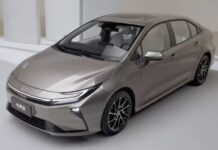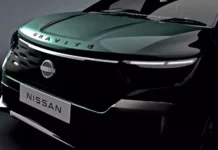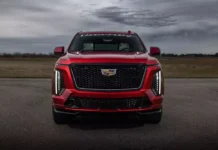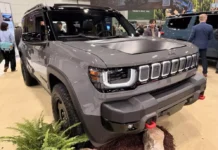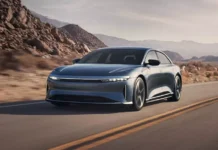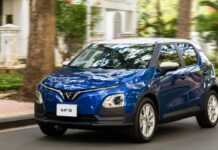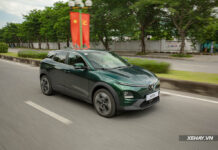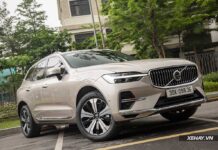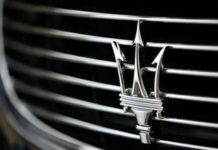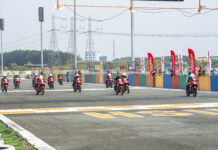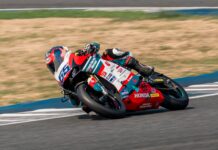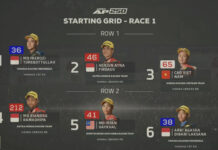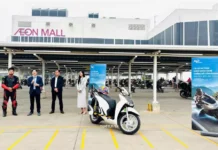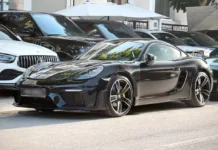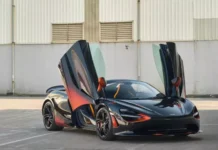
|
While Toyota remains a leading global automotive manufacturer, with a diverse range of gasoline, hybrid, electric, and hydrogen-powered vehicles, its approach to electrification is notably different from its competitors. As other automakers rush to develop electric vehicles, Toyota has charted its own course, focusing on various vehicle groups depending on market demands.
It was only in recent years that Toyota began to accelerate its electrification plans. In December 2021, Toyota commenced construction on a battery plant in North Carolina. This facility became operational in April 2024 and is now supplying batteries for electric vehicles sold in the North American market.
With an initial investment of nearly $14 billion, this is Toyota’s 11th manufacturing plant in the US. It produces batteries for hybrid (HEV), plug-in hybrid (PHEV), and battery electric vehicles (BEV), while also creating 5,000 jobs. This plant is a key part of Toyota’s “best-in-town” strategy, which focuses on localized battery and vehicle production for diverse markets.
|
|
|
Toyota’s battery plant in North Carolina. Source: Battery Technology. |
To date, Toyota has invested up to $49 billion in the North Carolina plant, generating over 280,000 jobs in the North American automotive industry. The plant currently supplies batteries for popular hybrid models like the Toyota Prius, Camry Hybrid, RAV4 Hybrid, and Highlander Hybrid. Additionally, the Toyota RAV4 PHEV, the brand’s first plug-in hybrid, is equipped with batteries manufactured at this facility.
In North America, Toyota launched its first electric vehicle, the bZ4X, in 2022. Initially, it utilized LFP batteries from long-term partner Panasonic. However, starting in 2024, all bZ4X vehicles sold in North America are equipped with batteries produced at the North Carolina plant. The bZ4X is offered at competitive prices ranging from $42,000 to $44,000 for two different versions.
Expanding into the Chinese Market
Toyota’s shift towards electrification is particularly notable in its efforts to appeal to Chinese consumers, the world’s largest automotive market and a challenging one at that. In early February, Toyota announced a comprehensive cooperation agreement with the Shanghai government regarding carbon neutrality. As part of this agreement, Toyota will build a new factory in western Shanghai, dedicated to producing and developing electric vehicles under the Lexus brand.
|
|
|
Toyota Lexus EV Concept. Source: Toyota. |
The new plant is expected to become operational in 2027, with an annual production capacity of 100,000 units. In addition to vehicle manufacturing, Toyota will focus on hydrogen energy, autonomous driving technology, and battery recycling to meet the needs of Chinese consumers while reducing vehicle emissions.
|
|
|
FAW Toyota bZ3C (left) and GAC bZ3X (right). Source: CarnewsChina. |
Prior to this agreement, Toyota had been losing market share in China as it struggled to compete with domestic electric vehicle manufacturers. Despite joint ventures with major Chinese conglomerates like FAW Group and Guangzhou Automobile, the sales performance of these collaborations fell short of expectations.
In the Chinese market, Toyota has unveiled three electric vehicle models under its “Beyond Zero” lineup: the sedan bZ3 and two electric SUVs, the bZ3C and bZ3X. The Toyota bZ3X is a collaboration with GAC, while the bZ3C is a joint venture with FAW.
A Wave of Electric Concepts
At the 2024 Beijing Auto Show, Toyota unveiled the concept for the bZ7, an all-electric sedan slated for launch in the second quarter of 2025 in China. This bold coupe-style sedan shares design elements with the bZ4X and utilizes a platform and powertrain system from BYD, Toyota’s new Chinese partner. Upon its release, the bZ7 will compete with popular sedans such as the Xiaomi SU7, BYD Han, Luxeed S7, and the upcoming Nissan N7.
|
|
|
Toyota bZ7 Concept. Source: CarnewsChina. |
At the Vietnam Motor Show 2024 (VMS2024), Toyota also showcased the FT-3e, an all-electric SUV concept that made its global debut at the Japan Mobility Show 2023. While the interior remains under wraps, the FT-3e’s exterior design has generated excitement among Vietnamese consumers. The futuristic front end features a pixelated light bar and LED indicators displaying battery charge levels.
|
|
|
Toyota FT-3e Concept. Source: |
In summary, while Toyota may have been late to the electrification game, it is now making significant strides in this arena. However, its delayed entry may have caused it to lose some customers, particularly those eager to adopt electric vehicles but loyal to Japanese brands. Nonetheless, with its expanding plans and strategic adjustments, Toyota still has the opportunity to reclaim its position in the electric vehicle market in the years to come.
Suggested Reading for Your Next Journey
Our Automotive section presents a selection of captivating books with diverse themes. During those moments of rest and relaxation on your travels, let these books be your delightful companions.

